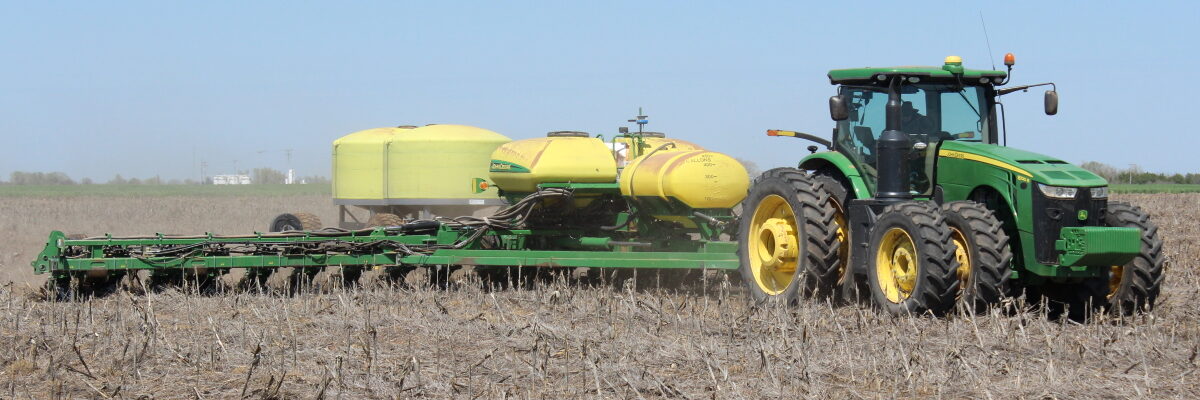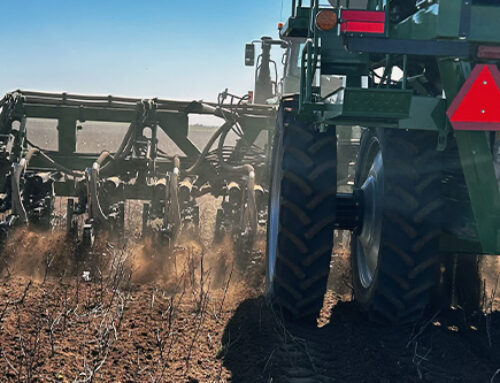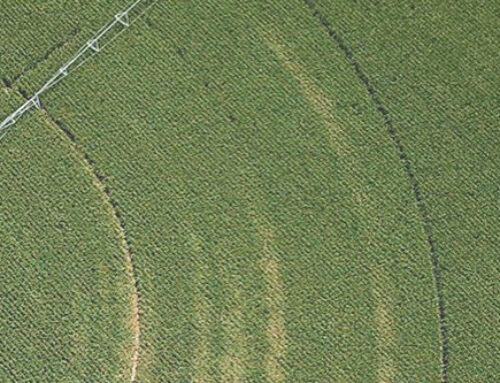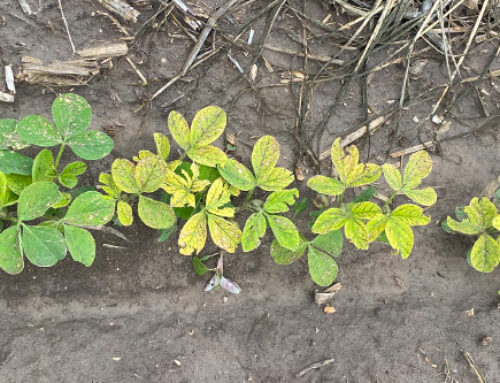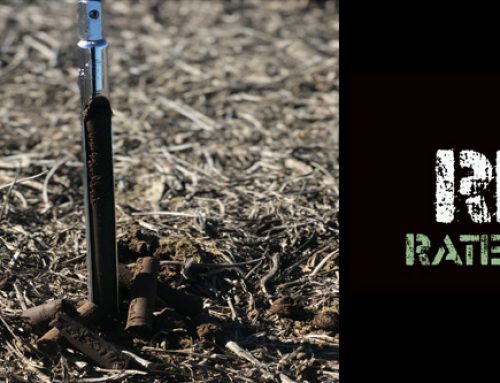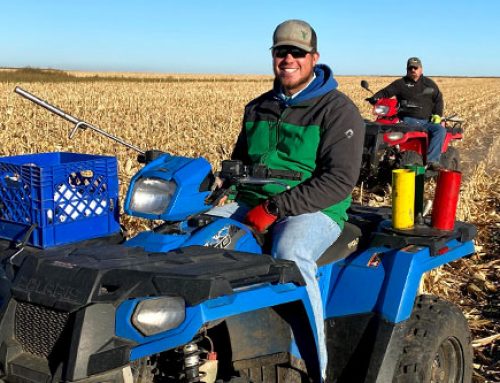In recent years, companies have developed innovative precision planting solutions for farmers. Modern advancements on seed tubes enable planters to operate at speeds exceeding 6 MPH while maintaining precise seed placement and consistent spacing. This advanced planting technology replaces traditional seed tubes with a flighted belt system. By transporting seeds individually to the furrow, seeds do not ricochet down a tube into the trench. As a result, this ensures that even at double the normal planting speeds, seeds are consistently deposited at the bottom of the trench and spaced evenly every time.
Study 1
A recent study conducted by Precision Planting from 2018-2023 planted corn at speeds of 4, 6, 8, and 10 MPH using these belts. Yields only varied by 2.5 Bu/A. The lowest yielding was the 4 MPH in this study. With traditional planting speeds typically near 5 MPH, this data suggests that growers could plant at twice the speed without sacrificing planter performance. Planting nearly twice as fast would give farmers the flexibility to choose optimal planting dates or wait for better conditions, potentially increasing yields.
Study 2
Another study by Precision Planting, this time employing traditional seed tubes, involved planting corn at speeds ranging from 4 to 10 MPH. The study revealed that the highest yield was achieved at 4 MPH, and the lowest was observed at 10 MPH. There was a notable difference of five bushels per acre between the yields at these two speeds. As the planting speed increased, both yields and the accuracy of seed placement decreased accordingly.
Achieving consistent and uniform seed emergence is crucial for maximizing yields. The planting operation is the most important step to achieving a favorable return on investment (ROI) in corn production. Selecting the appropriate technology components to match your desired planting speed is a significant stride toward success.
We are here to help!
To learn more about improvements that can be made to your planter, visit with your local Crop Quest Agronomist.
